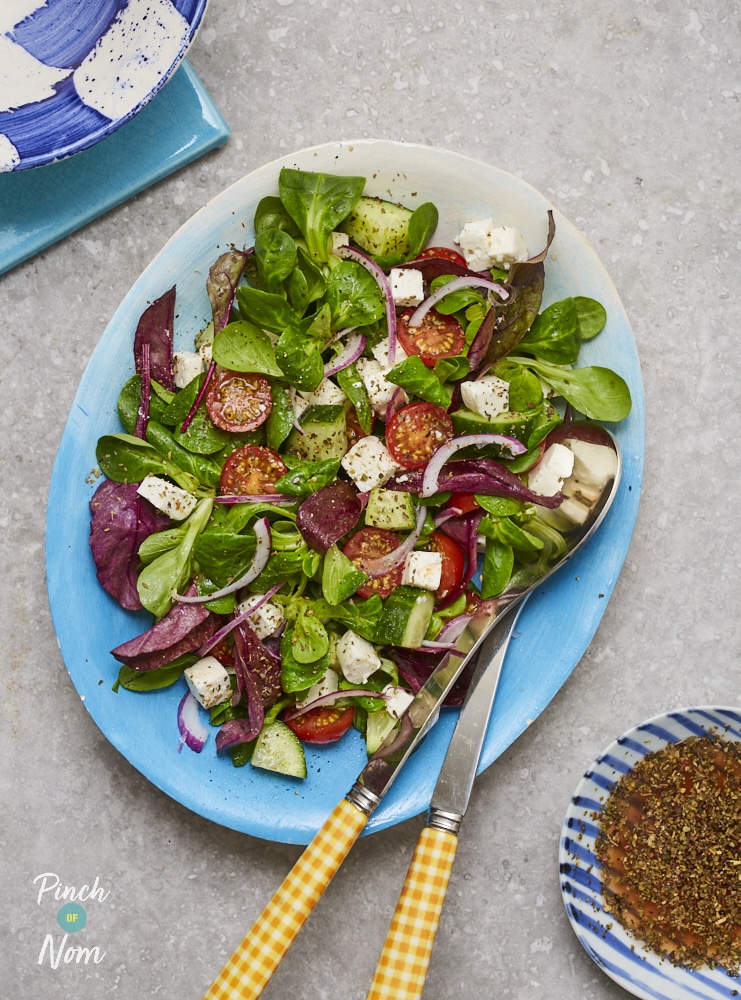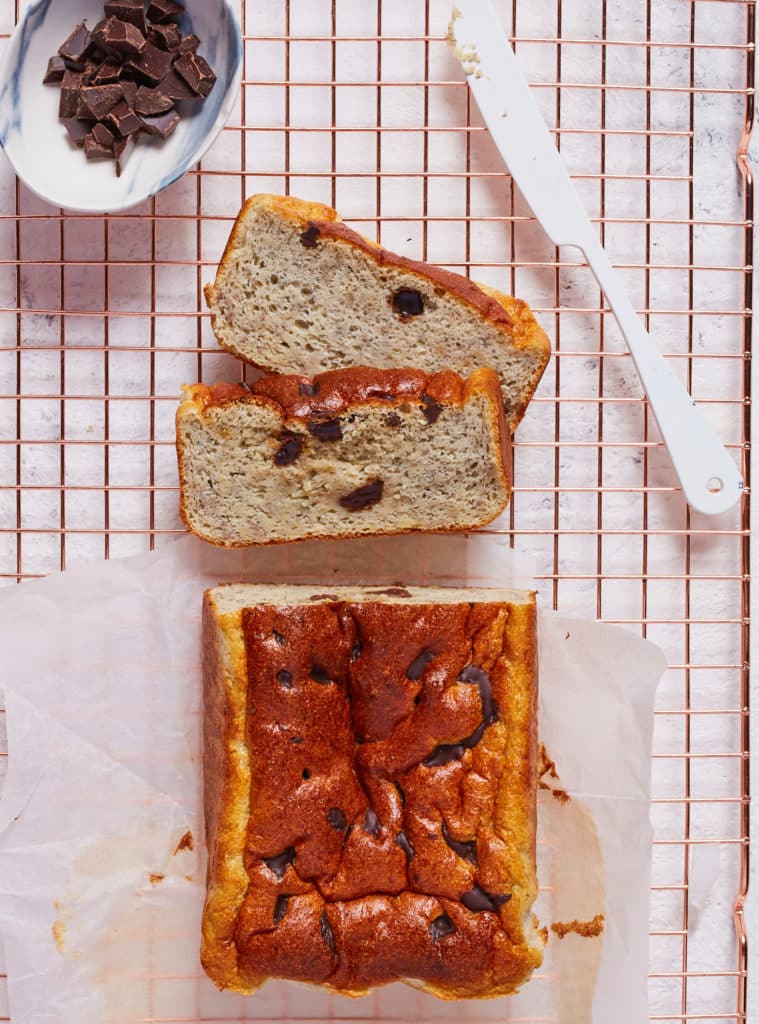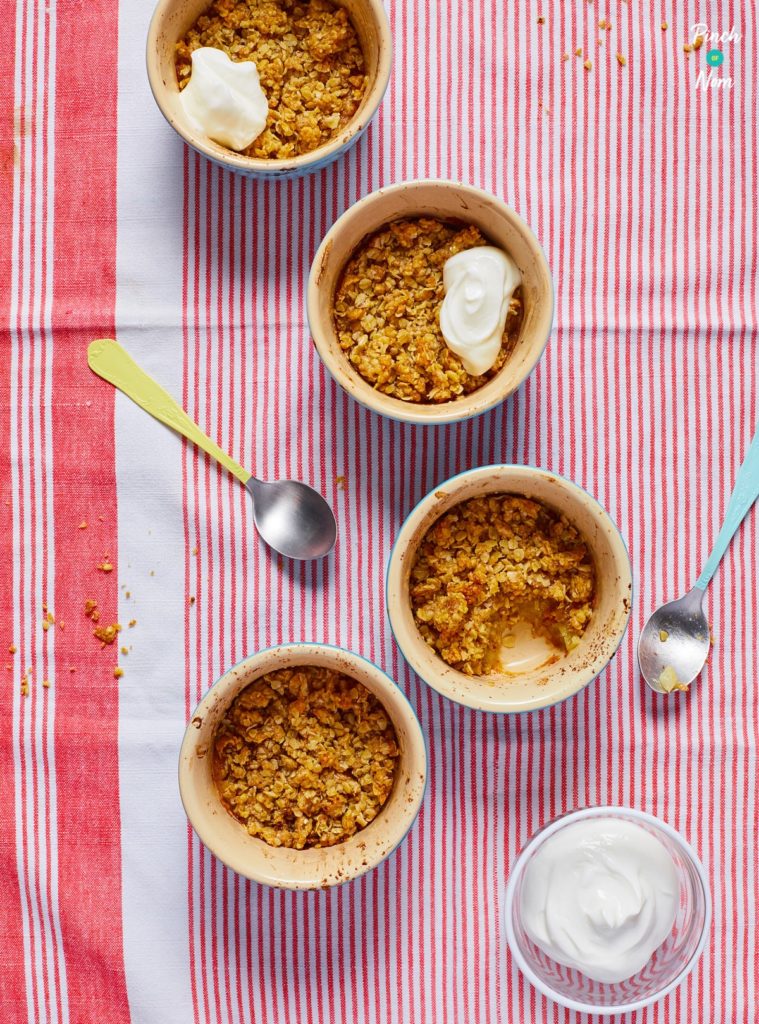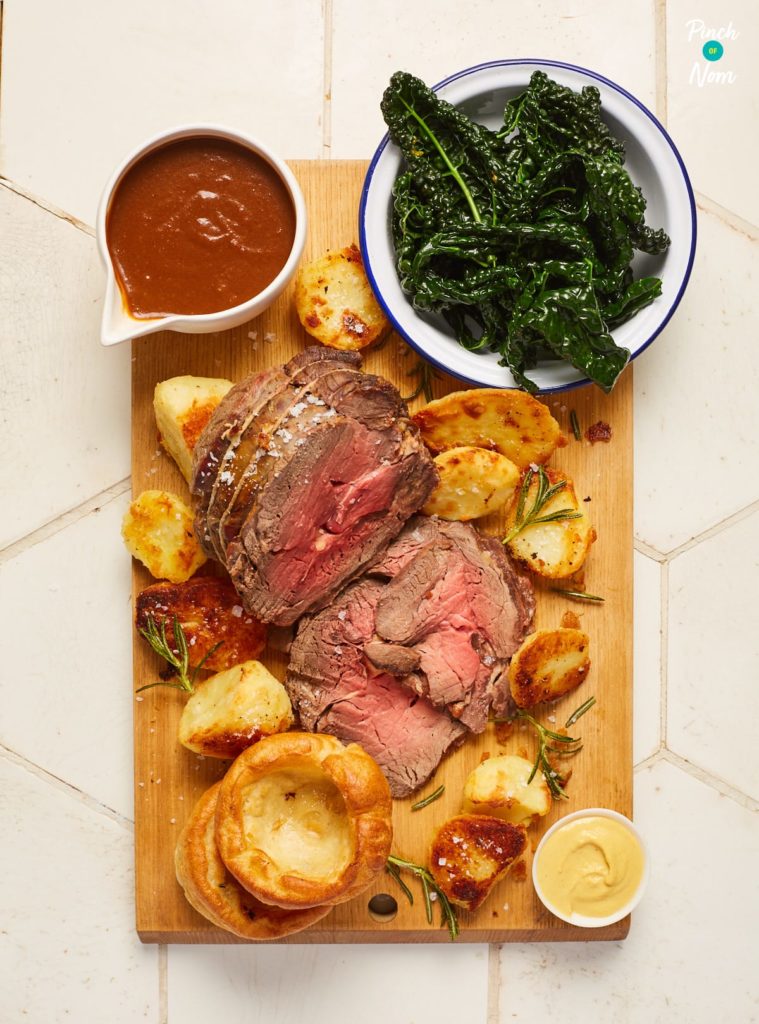The Best Types of Kitchen Knives
A good selection of kitchen knives is essential when preparing food, but don’t be overwhelmed by all the different sizes and shapes available!
Using the right knife will not only perfect your prepping skills but will be safer too. If you’re not sure where to start, we’ve got you covered.
Our rundown of the best types of kitchen knives gives you the basic knowledge of the kitchen knives you’ll need, whether you’re an aspiring chef or just getting started on your cooking journey!
Please note, this post contains affiliate links. Find out what this means.
Chef’s knife

This is the first knife you’ll need: it’s large and has a curved blade meaning it’s useful for lots of kitchen tasks.
You can lightly rock it backwards and forwards on a chopping board when dicing vegetables like carrots and celery, and its size means it can easily chop through larger potatoes and onions.
This knife will likely be the one you use the most so look for a heavy duty chef’s knife that will stand the test of time.
Use a chef’s knife to slice the ingredients in our Bacon, Onion and Potato Bake!
Utility knife

A utility knife is a smaller, slimmer version of a chef’s knife only more precise for fine chopping of veggies like shallots and fruit.
The sharp, tapered edge can be used for piercing food, and it slices through tomatoes and other skinned fruit and vegetables with ease.
This knife will become one of your most used kitchen essentials!
Use a utility knife to rustle up our fresh Greek Salad:
Bread knife

Whether you’re slicing through bagels, bread rolls or baguettes, the serrated edge of a bread knife makes it super easy.
If you’ve ever tried to slice a roll with a standard knife, you’ll know it takes a lot of effort and can squish the roll which isn’t ideal.
A long, sharp bread knife will prevent any squashing and leave a clean edge, ready for spreading, dipping or toasting!
You can also use it on cakes like this Banana Bread with Chocolate Chips for a fluffy cake slice that holds its shape when cut:
Paring knife

For peeling, trimming and deseeding, a paring knife is the top choice!
It’s small but powerful, with a sharp edge and easy to manoeuvre when handling smaller fruits and vegetables.
You could use it to dice potatoes, slice salad veggies and more.
Use it to peel and dice fruit like apples before adding to our Apple Crumble!
Carving knife

When carving roasted meats, you need a long knife that can cut neat, even slices.
You can use a carving knife to slice anything from Roast Beef with Gravy to a Slow Cooker Christmas Turkey Joint, without having to saw back and forth or apply too much pressure.
Kitchen scissors

Although scissors aren’t technically a kitchen knife, they’re so handy we had to include them in our list!
From chopping herbs to slicing pizza, there’s so much more to a pair of humble kitchen scissors than just opening packets!
Use them to cut through cling film and baking paper, to divide up thinner steaks or to chop up cooked bacon in our Roasted Potatoes with Chopped Bacon.
Less common and specialist knives
Butcher’s knife/cleaver

A butcher’s knife is large, heavy and is usually used when handling raw meat.
It’s very powerful and can blaze through heavy-duty tasks like cutting and dicing tough cuts of meat like steak and pork.
Their size means they can also finely dice garlic or ginger in just a few chops.
Be careful when you’re using one though: they are strong enough to cut through bone!
Boning knife

A boning knife does exactly what the name suggests!
It has a thin, flexible blade that’s easy to manoeuvre around bones.
It can be used to remove the skin from meat and fish, and to trace along the bone to separate the meat from steaks that are bought on-the-bone.
With practice, you can actually save money because these cuts of meat are often cheaper than the boneless pre-bought versions.
Fish knives – filleting, salmon and santoku

When dealing with delicate fish bones and skin, there are some knives that can help but they’re not as common in everyday kitchens!
Filleting knives are able to cut through fish meat easily, and a salmon knife is a much larger size so can be used on larger fish like – you guessed it – salmon!
Santoku knives are Japanese knives that are large and heavy, and perfect for precisely slicing raw fish and meat.
They have dents in the side to stop the flesh from sticking and can often be seen in sushi restaurants.
Our top tips
- Keep your knives sharp! A dull knife takes more effort and can actually cause more problems by squishing the food you’re trying to cook. A good knife sharpener is key!
- Store knives safely. Knives can be incredibly dangerous and so should be kept in a safe place, well out of the reach of children and where they can’t be easily knocked over.
- Always use knives on flat surfaces: you can secure a sliding chopping board with a tea towel (pssst… see more kitchen hacks here!)
- Take your time and make sure you don’t expose your fingertips to the blade.
We see so many tips and tricks over in our Facebook Group so if you’re not already a member, you can join our community and let us know your favourite types of kitchen knives and how you use them!






